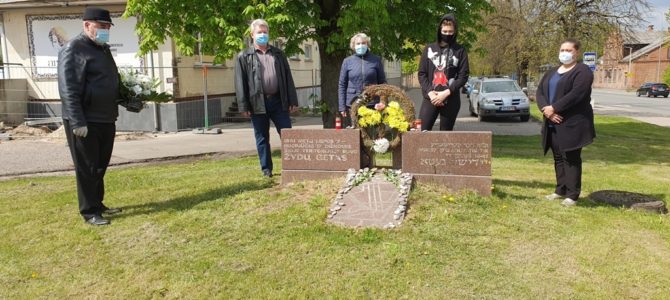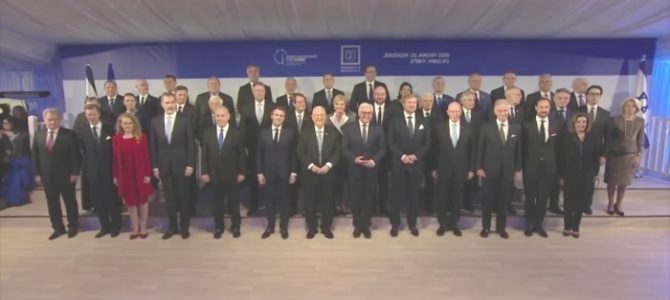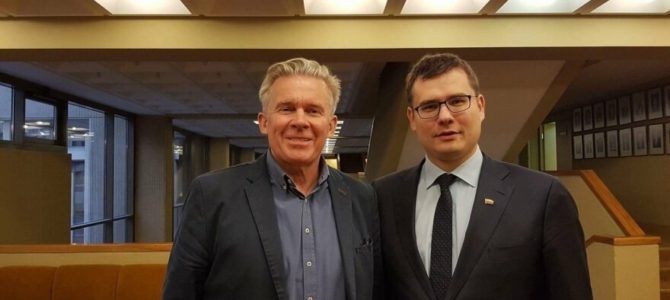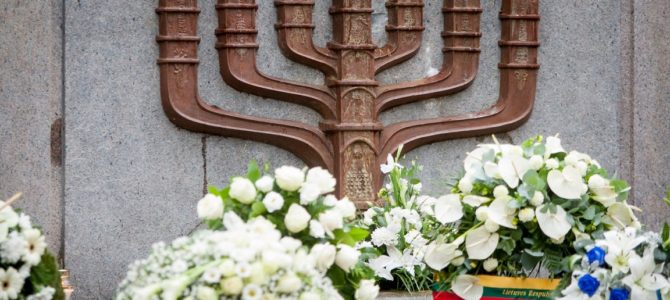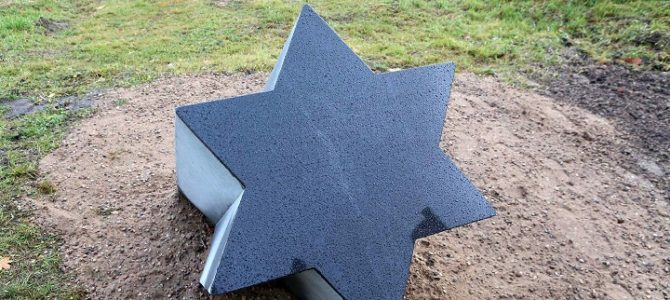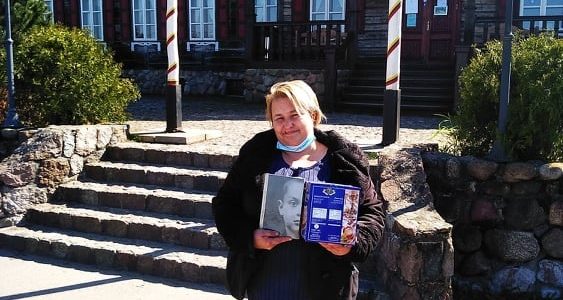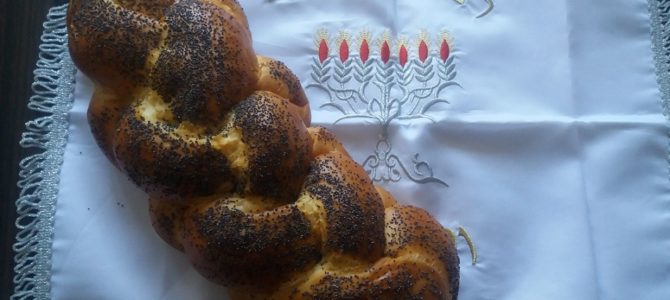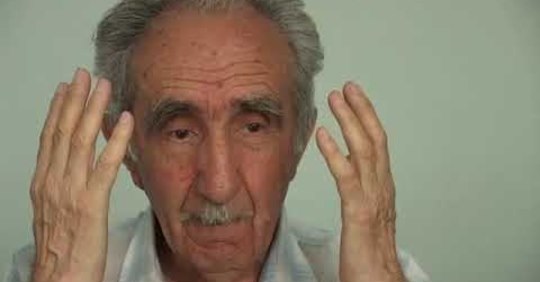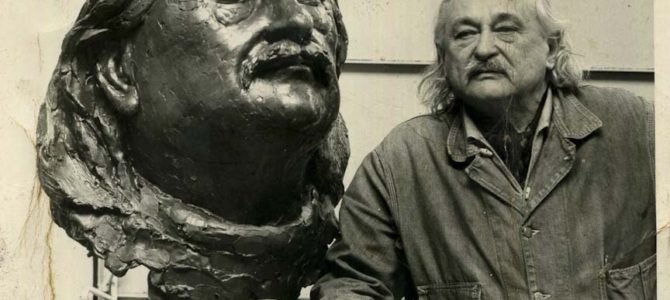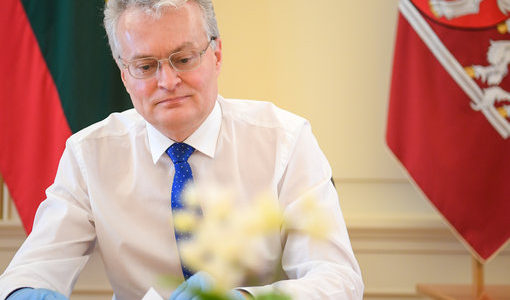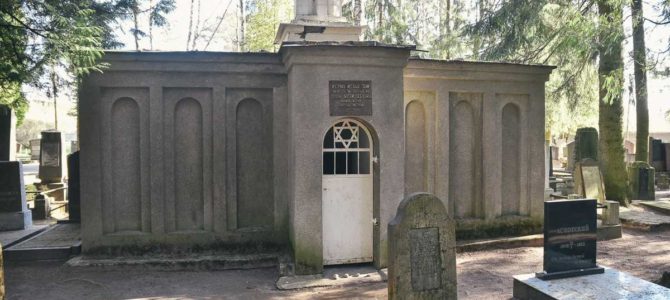The day of victory against Nazi Germany unites the people of all nations. Today as we mark the 75th anniversary of Victory Day not all of us are able to come together in person, but we can prayer for those who didn’t come back from the damned war. We can remember those who were shot in the forests and the pits, our relatives and friends tortured to death in the concentration camps. We can remember and we can honor those who defended our lives and those of future generations.
Today, the photographs and statues from World War II look at us. It is our sacred duty to remember and preserve the tragic stories of every family and the millions of people who suffered from the war.
We do remember and honor the people who risked their lives and those of their families to rescue Jews from the genocide.
On this holy day we, the members of the Panevėžys Jewish Community, laid bouquets of flowers and lit candles of remembrance at the memorials in Panevėžys which recall the brutalities of the Holocaust and for the soldiers who liberated Europe from the Nazi plague.


